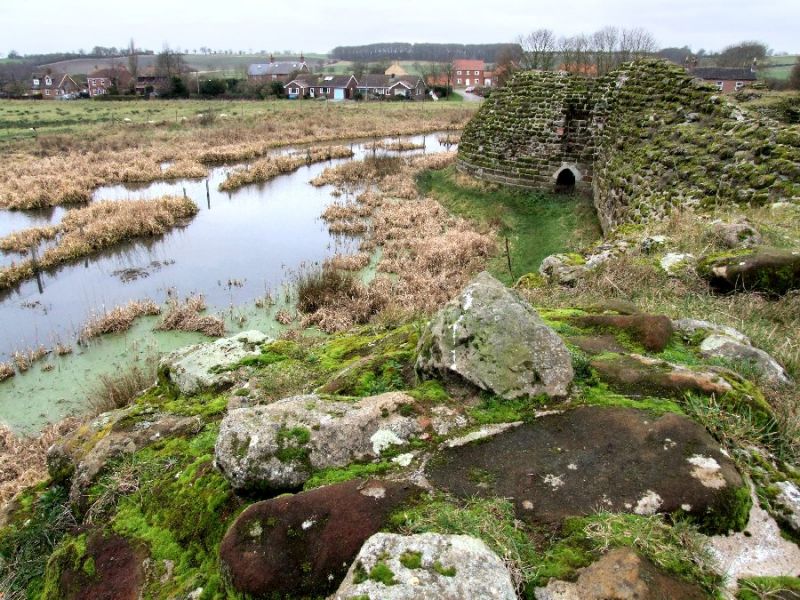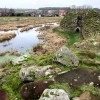Bolingbroke Castle, Old Bolingbroke
Uploader's Comments
During the first English Civil War and following his escape from battle with the Earl of Newcastle, Sir Thomas Fairfax made his way to Old Bolingbroke with a handful of men, meeting up with Cromwell on the southern bank of the Humber.
Then here, on Monday 9 October 1643, a siege took place between a garrison of about 200 men, encamped in Bolingbroke Castle - King Charles I's Royalists, and 6,000 Parliamentarians led by the Earl of Manchester, General Sir Thomas Fairfax, with Oliver Cromwell as his second-in-command. The castle was surrounded with cavalry positioned as far away as Tattershall, to prevent escape. The call to surrender was rebuffed, there being a sizable Royalist force in Newark to draw on.
On Tuesday 10 October 1643, firing broke out from the castle. Meanwhile, a force of 1,500 Royalist mounted infantrymen, led by Sir John Henderson, set out from Newark and on the same day, encountered Parliamentarians at Horncastle, who took flight.
On Wednesday 11 October 1643, the Earl of Manchester called on most of his men and set out to engage those of Sir John Henderson, just leaving enough to secure the castle at Old Bolingbroke. The two opposing forces met at Winceby and a battle took place. The battle lasted for less than an hour and saw Cromwell's horse shot from under him and the Royalist force thrown into confusion. In their flight back to Horncastle, some of the Royalists were cut down without mercy.
The Parliamentarians carried on marching forward, regaining lost ground and taking Lincoln on Thursday 19 October 1643.
On Tuesday 14 November 1643, with supplies running low and winter approaching, the garrison in Bolingbroke Castle finally surrendered.
Uploaded by Dave Hitchborne
on 12 June 2010


